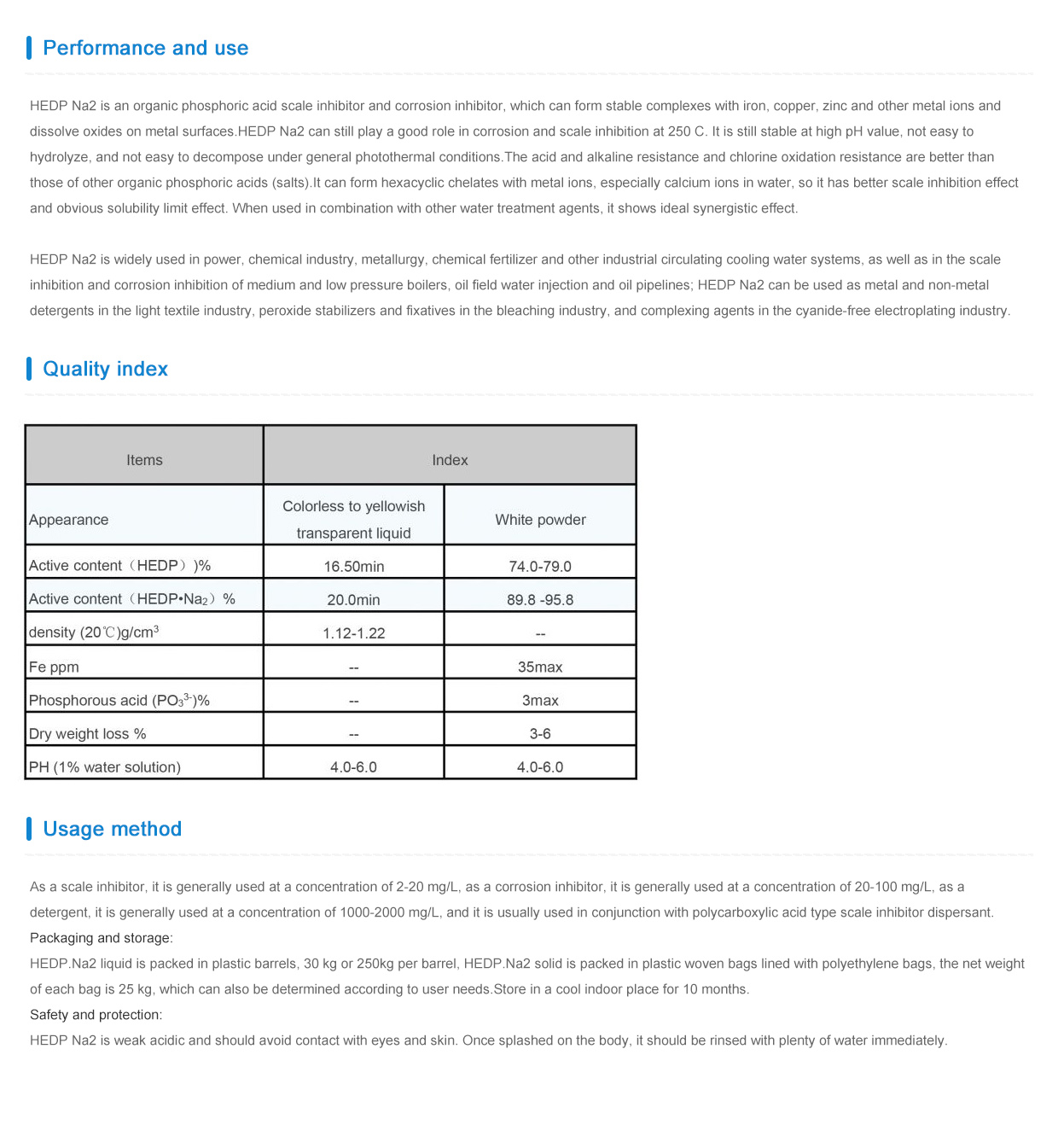Properties and Applications of Polyacrylamide in Various Industries and Research Fields
Polyacrylic Amide Properties, Applications, and Importance
Polyacrylic amide (PAM) is a synthetic polymer derived from the polymerization of acrylic amide monomers. It is a versatile and widely used material in various industrial applications due to its unique physical and chemical properties. Known for its high molecular weight and excellent solubility in water, PAM has garnered significant attention across multiple sectors including agriculture, wastewater treatment, and pharmaceuticals. This article delves into the properties, applications, and significance of polyacrylic amide.
Properties of Polyacrylic Amide
Polyacrylic amide is characterized by several key properties that make it suitable for a wide range of applications. One of its most notable features is its ability to form viscous solutions in water, which is attributed to its high molecular weight. This solubility allows PAM to function effectively as a thickening agent, stabilizer, and flocculant.
Additionally, PAM exhibits excellent tolerance to a variety of extreme conditions, including pH fluctuations and high salinity. This stability makes it an ideal choice in applications where chemical resistance is crucial. Furthermore, its non-toxic nature and biodegradable features are gaining attention, especially in environmentally conscious industries.
Applications of Polyacrylic Amide
1. Agricultural Use Polyacrylic amide plays a significant role in agriculture, particularly in soil conditioning. When applied to the soil, PAM enhances water retention, reducing the need for frequent irrigation. This property is particularly beneficial in arid regions, promoting sustainable agricultural practices. It also aids in erosion control by stabilizing soil structure and preventing runoff during heavy rainfall.
poly acrylic amide

2. Water Treatment One of the most prominent applications of PAM is in wastewater treatment. Its ability to agglomerate fine particles makes it an effective flocculant. In this process, PAM helps to consolidate suspended solids into larger flocs, which can then be easily removed from the water during treatment. This application not only improves water quality but also allows for the recycling and reuse of water in industrial processes.
3. Pharmaceuticals and Cosmetics In the pharmaceutical sector, polyacrylic amide is utilized as a drug delivery system and in controlled release formulations. Its biocompatibility and ability to form hydrogels make it suitable for maintaining drug stability and optimizing therapeutic efficacy. Additionally, in the cosmetic industry, PAM is employed as a thickening agent and stabilizer in creams, lotions, and gels.
4. Paper and Textile Industries PAM serves as a retention aid in the paper and textile industries, enhancing the retention of fibers and fillers during the production process. This not only improves the quality of the end products but also contributes to cost efficiency by reducing material waste.
Importance of Polyacrylic Amide
The significance of polyacrylic amide extends beyond its individual applications. As industries continue to focus on sustainability and eco-friendly practices, PAM emerges as a favorable option due to its biodegradable properties. Its use in agriculture aligns with the global push towards sustainable farming practices, while its effectiveness in water treatment supports environmental conservation efforts.
Furthermore, as global water scarcity crises become more pronounced, the role of PAM in wastewater treatment illustrates its potential to contribute to resource management strategies aimed at promoting water conservation and recycling.
In conclusion, polyacrylic amide is a multifunctional polymer with a myriad of applications spanning agriculture, wastewater treatment, pharmaceuticals, and industry. Its unique properties, coupled with its environmental significance, make PAM a crucial material in the pursuit of sustainable solutions in today’s diverse industrial landscape. As research and development in this field continue, the full potential of polyacrylic amide is likely to be realized, further solidifying its importance in various applications globally.
-
Water Treatment with Flocculant Water TreatmentNewsJun.12,2025
-
Polymaleic AnhydrideNewsJun.12,2025
-
Polyaspartic AcidNewsJun.12,2025
-
Enhance Industrial Processes with IsothiazolinonesNewsJun.12,2025
-
Enhance Industrial Processes with PBTCA SolutionsNewsJun.12,2025
-
Dodecyldimethylbenzylammonium Chloride SolutionsNewsJun.12,2025





